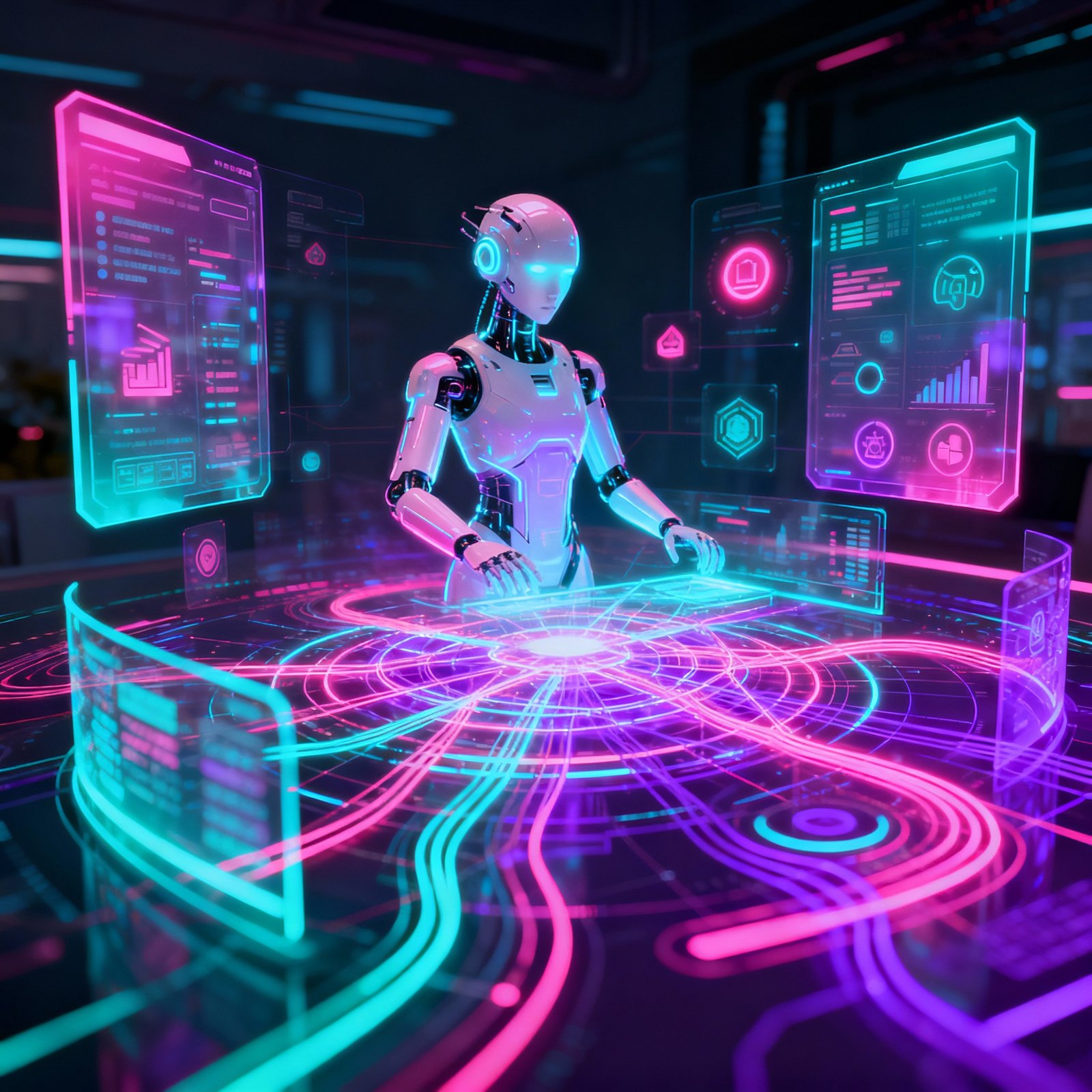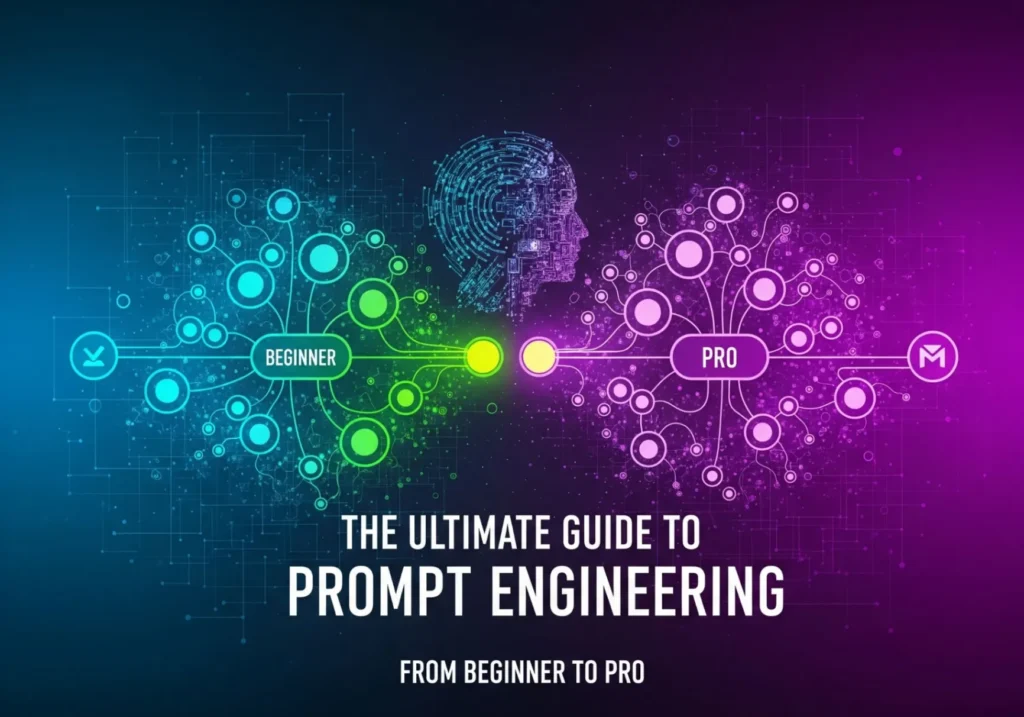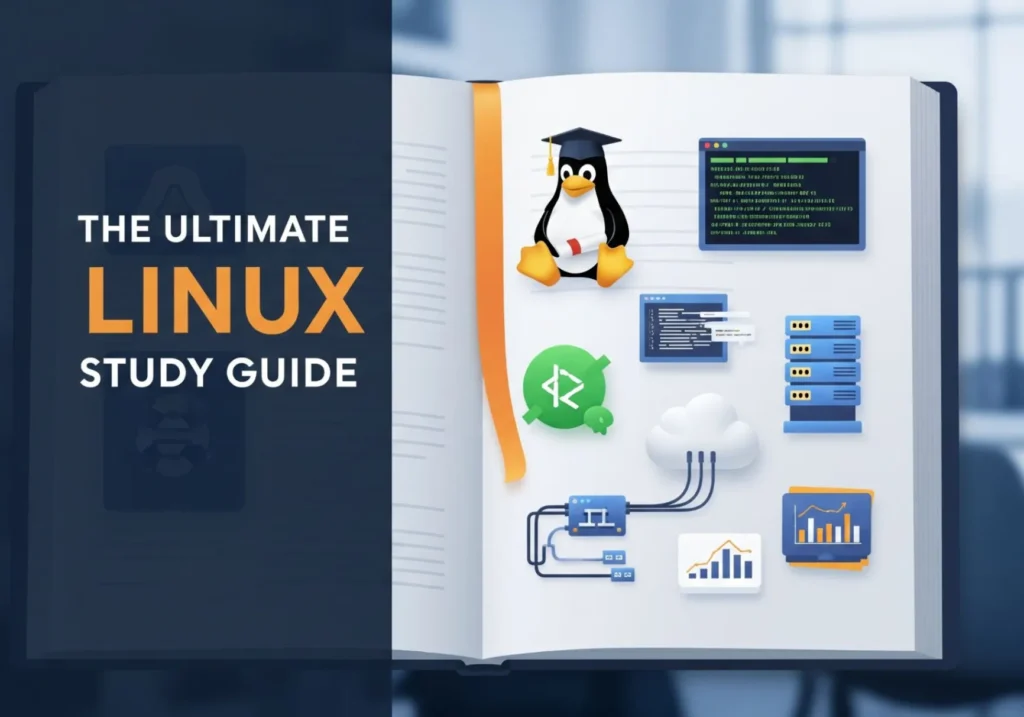The Age of Autonomous AI: A Deep Dive Into Agentic Systems
Why the next leap in AI isn’t about better answers, but about autonomous action. Welcome to the world beyond ChatGPT.
We stand at a remarkable juncture in technological history. For the past year, the world has been captivated by the power of Generative AI. We’ve prompted ChatGPT to write poetry, commanded Midjourney to paint surreal landscapes, and asked GitHub Copilot to complete our code. We’ve been in a conversation with machines, treating them as infinitely knowledgeable, endlessly creative interns.
But what if the conversation is just the beginning? What if, instead of asking AI to draft an email, you could ask it to manage your inbox for the day? What if, instead of asking for a list of top-rated restaurants, you could simply say, “Book a table for two at a great Italian place nearby for 8 PM tonight”—and it just happens?
This is not science fiction. This is the paradigm shift from Generative AI to Agentic AI. It’s the evolution from an AI that responds to an AI that acts. From a tool you wield to a teammate you collaborate with. In this deep dive, we’ll explore every facet of this incredible technology, moving from the concepts you know to the autonomous future that’s rapidly unfolding.

Part 1: The Foundation – Deconstructing Generative AI
To truly grasp the significance of Agentic AI, we must first have a rock-solid understanding of the technology it builds upon. Generative AI, powered by Large Language Models (LLMs) like OpenAI’s GPT-4, Google’s Gemini, and Anthropic’s Claude, is a marvel of pattern recognition and prediction.
How Generative AI Really Works (The Simple Version)
At its core, an LLM is a prediction engine. It has been trained on a colossal dataset—a significant portion of the internet, books, articles, and code. Through this training, it hasn’t “learned” to understand in a human sense; rather, it has learned the statistical relationships between words, sentences, and concepts. When you give it a prompt, it’s essentially performing a highly sophisticated act of “autocomplete,” predicting the most probable sequence of words to follow.
Think of it as a brilliant, creative parrot. It can repeat and remix everything it has ever heard (its training data) in novel and coherent ways, but it lacks genuine comprehension, goals, or the ability to interact with the world. Its entire existence is confined to the text box.
The Defining Characteristic: A Reactive, Turn-Based Loop
The interaction with Generative AI is fundamentally turn-based and reactive.
- You provide a prompt (Input).
- The AI processes it and generates a response (Output).
- The process stops. The AI then waits, memory wiped, for your next independent prompt.
Part 2: The New Frontier – Introducing Agentic AI
If Generative AI is a brilliant intern waiting for instructions, Agentic AI is the autonomous project manager that takes a goal and makes it happen. An AI Agent is a system that leverages the reasoning power of an LLM but wraps it in a framework that allows it to plan, use tools, and act persistently until a goal is achieved.
The paradigm shift is from output to outcome. Generative AI gives you an output (a block of text). Agentic AI drives towards an outcome (a completed task).
The Anatomy of an AI Agent: The Reasoning Loop
Unlike the simple input/output of Generative AI, an agent operates in a continuous, dynamic loop. This is often called a “reasoning loop,” and it allows the agent to think, act, and learn. While implementations vary, they all share these core components:
1. Goal & Planning
It starts with a high-level goal from the user. The agent uses the LLM’s reasoning ability to break this goal into a multi-step, executable plan. More advanced agents use sophisticated techniques like Tree-of-Thought (ToT) to explore multiple plans and choose the most promising one.
2. Tool Use & Action
This is the agent’s “hands.” It has access to a set of tools, which can be anything from a web browser, a code interpreter, or APIs for other software (like Google Calendar, Slack, or Shopify). It selects the right tool to execute the current step of its plan.
3. Observation & Refinement
After taking an action, the agent observes the result. Did the code run successfully? Did the web search return the needed info? Did the API call fail? Based on this feedback, it refines its plan, corrects its course, and decides on the next step. This self-correction is what makes it so powerful.
The Secret Sauce: Memory
Perhaps the most crucial differentiator is memory. While a standard ChatGPT session is stateless (it forgets past conversations unless you manually provide context), an AI agent is designed with memory.
- Short-Term Memory (Scratchpad): This is where the agent keeps track of its current plan, past actions, and recent observations. It’s the context for its immediate next step.
- Long-Term Memory: For more complex tasks, agents can use databases (often vector databases) to store information, learn from past successes and failures, and recall relevant knowledge across different sessions. This allows an agent to “get smarter” over time.
Expert Insight: The ReAct Framework
Many modern agents use a framework called ReAct (Reason + Act). At each step, the agent explicitly reasons about the situation (“I need to find the current stock price of Apple”), chooses an action (“Use the web search tool with the query ‘AAPL stock price'”), and then observes the result to inform its next thought. This structured approach makes their behavior more reliable and transparent.
Part 3: The Showdown – Agentic vs. Generative AI
Let’s make this concrete with a detailed, practical example. Imagine your goal is to create a comprehensive market analysis report on the electric vehicle (EV) market for Q2 2024.
Scenario 1: The Generative AI (ChatGPT) Approach
This approach involves a series of prompts, with you acting as the project manager.
- You: “Give me an outline for a market analysis report on the EV market.”
- ChatGPT: *Provides a good outline.*
- You: “Great. For the first section, ‘Market Size and Growth,’ find the latest data for Q2 2024.”
- ChatGPT: *Provides data, but it might be from its training cut-off. It can’t access live data effectively.*
- You: “Okay, can you search the web for Q2 2024 EV sales figures from major manufacturers like Tesla, BYD, and Ford?”
- ChatGPT (using browsing): *Executes a search and summarizes the findings.*
- You: “Now, put those figures into a markdown table.”
- ChatGPT: *Creates the table.*
…and so on. You guide it step-by-step. The cognitive load is on you. You are using a tool.
Scenario 2: The Agentic AI Approach
This approach starts with a single, high-level goal.
- You: “Create a comprehensive market analysis report on the global EV market for Q2 2024. Include market size, key players’ sales figures (Tesla, BYD, Ford, VW), major trends, and a future outlook. Save the final report as a PDF.”
The AI Agent now takes over. You can watch its “thought process”:
- Thought: I need to create a market analysis report. First, I will create a plan.
Plan: 1. Search for Q2 2024 EV market size reports. 2. Search for sales figures for Tesla, BYD, Ford, VW. 3. Search for recent news on EV trends (e.g., battery tech, charging infrastructure). 4. Synthesize all data into a structured report. 5. Convert the final report to PDF. - Action: Use web browser tool. Query: “global EV market size Q2 2024 report”.
Observation: Found a report from BloombergNEF stating the market reached $X billion. Storing this information. - Action: Use web browser tool. Query: “Tesla Q2 2024 delivery numbers”.
Observation: Found official press release. Tesla delivered Y vehicles. Storing this. - …The agent continues this loop for all data points, browsing, reading, and storing information…
- Thought: I have all the necessary data. Now I will synthesize it into the report structure.
Action: Use file writer tool. Write the introduction, market size section with the data I found, etc. - Thought: The report is written. Now I need to convert it to PDF.
Action: Use code interpreter tool. Run a Python script to convert the text file to PDF. - Result: “Task complete. Here is the link to `EV_Market_Report_Q2_2024.pdf`.”
Notice the difference? The agent took the intent and handled the entire execution. You went from micromanager to delegator.
Head-to-Head Comparison Table
| Aspect | Generative AI (e.g., ChatGPT) | Agentic AI (e.g., Auto-GPT, Devin) |
|---|---|---|
| Primary Role | Creative Assistant / Information Oracle | Autonomous Task Executor / Problem Solver |
| Autonomy Level | Low (Requires constant human guidance) | High (Can operate independently to achieve a goal) |
| Interaction Model | Turn-based (Reactive) | Continuous Loop (Proactive) |
| State & Memory | Stateless (Forgets context between sessions) | Stateful (Maintains short and long-term memory) |
| Core Capability | Generating novel content (text, images, code) | Executing a sequence of actions using tools |
| Focus | Producing a high-quality Output | Achieving a desired Outcome |
| Analogy | A brilliant Intern you must guide. | A resourceful Project Manager you delegate to. |
Part 4: The Real World – Agentic AI in Action
This isn’t just theory. The first wave of AI agents is already here, showcasing the immense potential.
- Auto-GPT & BabyAGI: These were some of the first open-source projects to capture the public’s imagination. While sometimes unreliable, they proved the core concept of an LLM-powered autonomous loop was viable.
- CrewAI: This framework takes it a step further by allowing you to create teams of specialized agents. For example, you can have a “Researcher” agent that finds data and a “Writer” agent that composes a blog post from it, both collaborating to complete a task.
- Devin by Cognition Labs: This is arguably the most impressive agent to date, billed as the “first AI software engineer.” In demos, Devin has been shown to take on complex programming tasks from freelance platforms, write code, debug its own errors, and deploy finished projects—a level of autonomy previously unseen.

Part 5: The Grand Challenges and The Ethical Compass
With great power comes great responsibility. The move towards autonomous AI agents introduces profound technical and ethical challenges that we must address thoughtfully.
Technical Hurdles
- Reliability & Hallucination: An LLM “hallucinating” (making things up) is a nuisance in a chatbot. In an agent that can execute code or spend money, it’s a disaster. Ensuring agents stick to facts and perform reliably is paramount.
- Cost: Agentic systems make many, many calls to powerful LLMs. A complex task can consume thousands of “tokens,” making them expensive to run at scale.
- Security: Giving an AI agent access to your files, your email, or your company’s internal software is a massive security consideration. How do we prevent them from being hijacked or from leaking sensitive data?
Ethical & Societal Questions
- Job Displacement: While Generative AI felt like a tool to augment human work, highly capable agents that can perform entire job functions (like Devin) raise more direct questions about the future of work and the potential for displacement.
- Accountability: If an AI agent autonomously makes a trade that loses millions of dollars or books non-refundable tickets for the wrong dates, who is responsible? The user? The developer? The AI itself?
- Control: The classic sci-fi trope of “losing control” of an AI becomes a more tangible concern, even if on a small scale. Ensuring agents have clear boundaries and “off-switches” is a foundational safety requirement.
Conclusion: From Instruction to Intent
The transition from Generative to Agentic AI is not merely an upgrade; it’s a redefinition of our relationship with computers. We are moving away from the era of direct instruction, where we had to specify every single step, into an era of intent, where we simply state our desired outcome and our AI collaborator figures out the ‘how’.
This technology is still in its infancy, akin to the early days of the internet—clunky, sometimes unreliable, but brimming with world-changing potential. The agents of today are the precursors to the fully integrated AI partners of tomorrow. They will manage our schedules, streamline our businesses, accelerate scientific discovery, and fundamentally reshape our digital existence.
The journey ahead is complex, filled with both immense promise and significant challenges. But one thing is clear: the conversation is over. It’s time to start doing.



